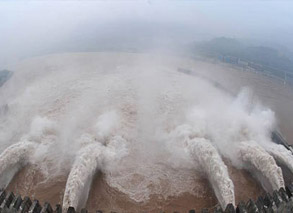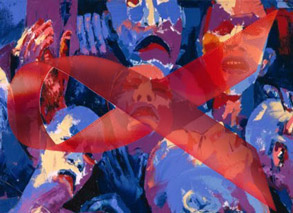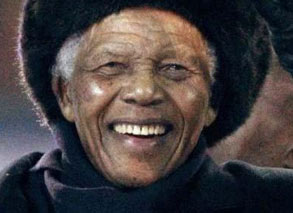Dunhuang art at twilight
2008-03-01 10:29 BJT
The emergence of the sea-faring Silk Road considerably diminished the trade routes over land that served China for centuries. One of the legacies endangered by the change in commerce was Dunhuang Art. The chief contributors to the art form were Buddhist monks. Dunhuang art, has been in slow decline since the mid-Tang Dynasty over 1200 years ago. Now, only a few stellar pieces remain.
The fine arts of Central China and the Buddhist arts were the dual influences fueling artistic creation in the Dunhuang Grottoes.
This Topography of Wutai Mountain is not a simple clone. Stretching over 13 meters in length, and four meters in width, the map is being reproduced from a patchwork of eight hundred and forty photos. The map includes sixty to seventy landmarks spread over 250 square kilometers.
The work is the result of an initiative in digital protection by the Dunhuang Academy.
One guide said "The map is a panoramic view of the historical topography of the area. The famous Chinese architect Liang Sicheng successfully traced the remains of the Fuoguang Temple through this map. It's precious material for the history of Chinese architecture."
Cave no.3 is the only extant cave devoted solely to the theme of the Goddess of Mercy. It was the most important cave during the late Yuan Dynasty, eight hundred years ago. The frescoes of the Thousand- armed Goddess of Mercy are executed through vivid strokes. They marked the perfect finale to hundreds of years of Dunhuang art.
Editor: Xiong Qu | Source: CCTV.com
 Mail
Mail Share
Share Print
Print


 Video
Video









 2009 China Central Television. All Rights Reserved
2009 China Central Television. All Rights Reserved